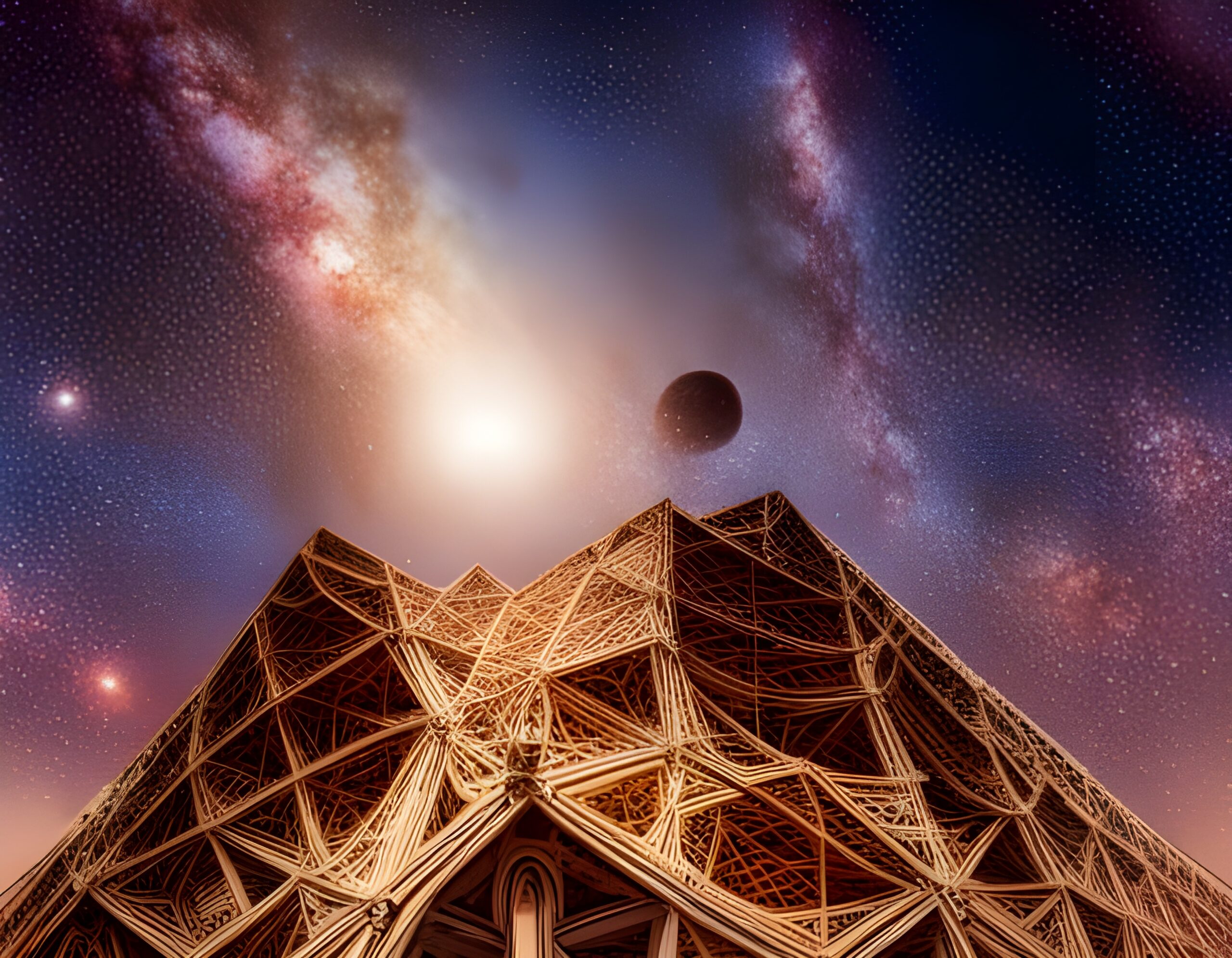Camille Flammarion (1842-1925) was a prominent French astronomer, prolific author, and science popularizer who made significant contributions to the fields of astronomy and science communication. He was born on February 26, 1842, in Montigny-le-Roi, Haute-Marne, France.
Flammarion developed a passion for astronomy from a young age and started observing the night sky and making astronomical calculations in his early teens. At the age of 16, he moved to Paris to pursue his interest in astronomy. He gained recognition for his observations and writings on celestial events, and in 1862, he published his first book, “La Pluralité des Mondes Habités” (The Plurality of Inhabited Worlds), which explored the possibility of extraterrestrial life.
Throughout his career, Flammarion tirelessly worked to popularize science and astronomy. He wrote numerous books, articles, and essays aimed at making complex scientific concepts accessible to the general public. His most famous work, “Astronomie Populaire” (Popular Astronomy), published in 1880, became a bestseller and further solidified his reputation as a leading science popularizer.
In addition to his contributions to popular science writing, Flammarion made significant advancements in astronomical research. He conducted studies on comets, meteor showers, and planetary atmospheres. Flammarion was also an advocate for space exploration and the search for extraterrestrial intelligence.
As a prominent figure in the scientific community, Flammarion was involved in several astronomical societies and institutions. He served as the director of the Juvisy-sur-Orge Observatory and was a member of the French Academy of Sciences.
Flammarion’s enthusiasm for astronomy and his dedication to sharing scientific knowledge with the public had a profound impact on science communication. His ability to explain complex scientific concepts in an engaging manner inspired many readers and sparked interest in astronomy among people from all walks of life.
In Flammarion’s speculative fiction explored the topic of extraterrestrial life and the possibility of inhabited worlds beyond Earth. Flammarion firmly believed in the existence of intelligent beings on other planets and often depicted these ideas in his writings.
He often featured the Red Planet and its potential inhabitants. In his novel “Uranie,” published in 1889, Flammarion describes a journey to Mars and Venus. In this story, the protagonist travels to Mars and encounters advanced civilizations on the planet, complete with their unique societies, landscapes, and technology.
His descriptions of Mars and its inhabitants were influenced by the scientific knowledge and beliefs of his time, combined with his vivid imagination. During the 19th century, astronomers observed various features on Mars’s surface, such as polar ice caps and dark markings, which led to speculation about the possibility of life on the planet.
Camille Flammarion passed away on June 3, 1925, leaving behind a lasting legacy as a pioneer in both astronomy and science popularization.
Camille Flammarion’s extensive bibliography, covering his contributions to astronomy, science fiction, and popular science writing. His works have had a significant impact on both scientific and literary communities, inspiring generations of readers and scientists alike.
- “La pluralité des mondes habités” (The Plurality of Inhabited Worlds) – Published in 1862, this work discusses the existence of extraterrestrial life and the habitability of other planets.
- “Les mondes imaginaires et les mondes réels” (Imaginary Worlds and Real Worlds) – Published in 1864, this book delves into the possibility of life on other planets and explores the concept of extraterrestrial civilizations
- “Astronomie Populaire” (Popular Astronomy) – Published in 1880, this is one of Flammarion’s most famous works. It aimed to make astronomy accessible to the general public and became a bestseller.
- “Recits de l’infini: Contes astronomiques” (Stories of the Infinite: Astronomical Tales) – This collection of short stories, published in 1883, combines science and fiction to explore the mysteries of the universe.
- “Lumen” – Published in 1887, this novel explores the themes of life, death, and the afterlife.
- “L’atmosphère: météorologie populaire” (The Atmosphere: Popular Meteorology) – Published in 1888, this book explores meteorology and atmospheric phenomena in a manner suitable for the general reader.
- “Uranie” – Published in 1889, this novel is a science fiction story about a journey to Mars and Venus.
- “La Guerre des Mondes – Une Romance Martienne” – Published in 1893 depicts an alien invasion from Mars.
- “The Unknown” – This English-language book, published in 1900, explores various scientific topics and the unknown aspects of the universe.
Excerpt:
“Lorsque, à travers le télescope, je contemplai Mars, paré d’une teinte rougeâtre, sa surface embellie de motifs complexes de marques sombres et de calottes polaires. À travers les mystérieuses volutes de nuages martiens, des indices d’immenses océans et de majestueuses chaînes de montagnes étaient visibles. La planète semblait fourmiller de vie, car les lignes sombres qui croisaient sa surface rappelaient des terres fertiles, cultivées par une race sophistiquée.
Mon esprit s’évada, imaginant les Martiens, une civilisation hautement intelligente vivant au milieu de leurs grandes cités. Je les imaginais glissant gracieusement à travers le paysage martien dans des machines volantes, leur technologie dépassant de loin la nôtre. Leur intelligence aiguisée serait évidente dans leurs bâtiments remarquables, conçus à partir de matériaux inconnus et s’élevant vers les cieux.
Je désirais ardemment communiquer avec ces êtres énigmatiques, apprendre de leur savoir et de leur sagesse. Étaient-ils conscients de notre présence terrestre, tout comme nous étions devenus conscients de la leur ? Observaient-ils les étoiles comme nous, contemplant l’immensité de l’univers et la possibilité d’une vie au-delà de leur monde ?
Hélas, le télescope ne pouvait apporter de réponses à ces questions brûlantes. Mars restait un monde énigmatique, nous invitant à rêver et à nous émerveiller des possibilités qu’il offrait. Alors que je poursuivais mes observations, je ne pouvais m’empêcher de ressentir un sentiment de parenté avec ces lointains habitants de la Planète Rouge, unis par notre curiosité partagée et notre exploration du cosmos.”


